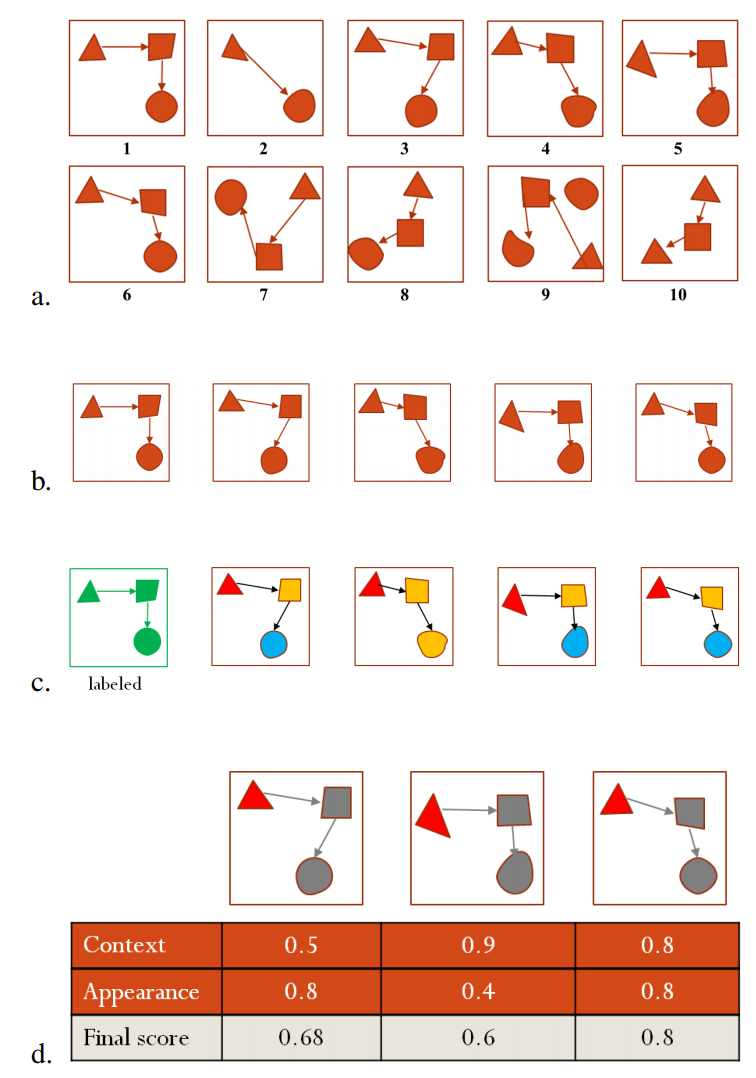Sketch recognition is the task of converting hand-drawn digital ink into symbolic computer representations. Since the early days of sketch recognition, the bulk of the work in the field focused on building accurate recognition algorithms for specific domains, and well defined data sets. Recognition methods explored so far have been developed and evaluated using standard machine learning pipelines and have consequently been built over many simplifying assumptions. For example, existing frameworks assume the presence of a fixed set of symbol classes, and the availability of plenty of annotated examples. However, in practice, these assumptions do not hold. In reality, the designer of a sketch recognition system starts with no labeled data at all, and faces the burden of data annotation. In this work, we propose to alleviate the burden of annotation by building systems that can learn from very few labeled examples, and large amounts of unlabeled data. Our systems perform self-learning by automatically extending a very small set of labeled examples with new examples extracted from unlabeled sketches. The end result is a sufficiently large set of labeled training data, which can subsequently be used to train classifiers. We present four self-learning methods with varying levels of implementation difficulty and runtime complexities. One of these methods leverages contextual co-occurrence patterns to build verifiably more diverse set of training instances. Rigorous experiments with large sets of data demonstrate that this novel approach based on exploiting contextual information leads to significant leaps in recognition performance. As a side contribution, we also demonstrate the utility of bagging for sketch recognition in imbalanced data sets with few positive examples and many outlier
Authors: K. T. Yeşilbek, T. M. Sezgin.
